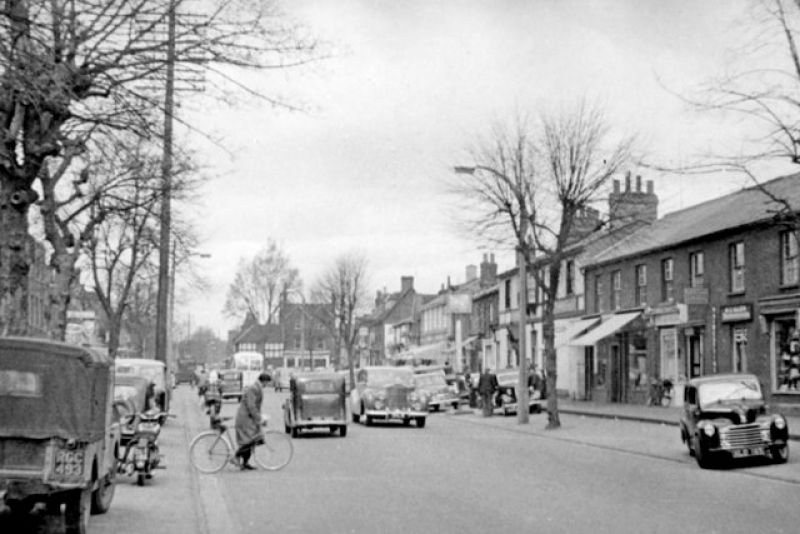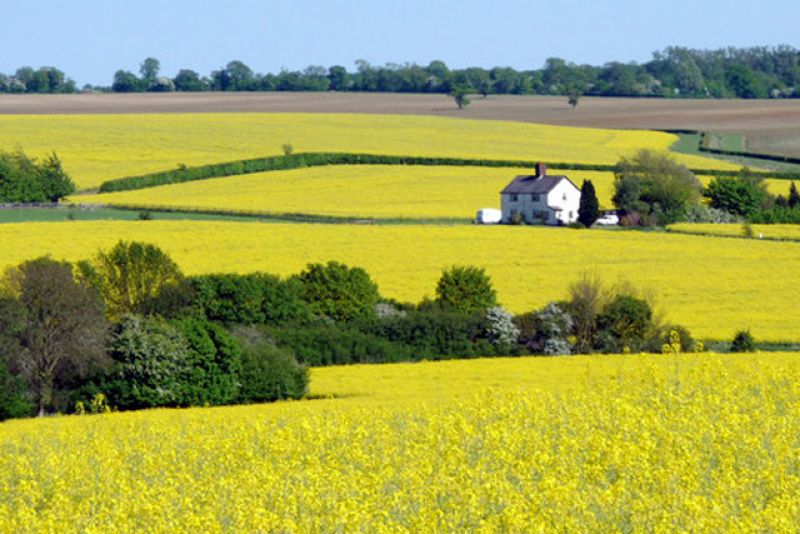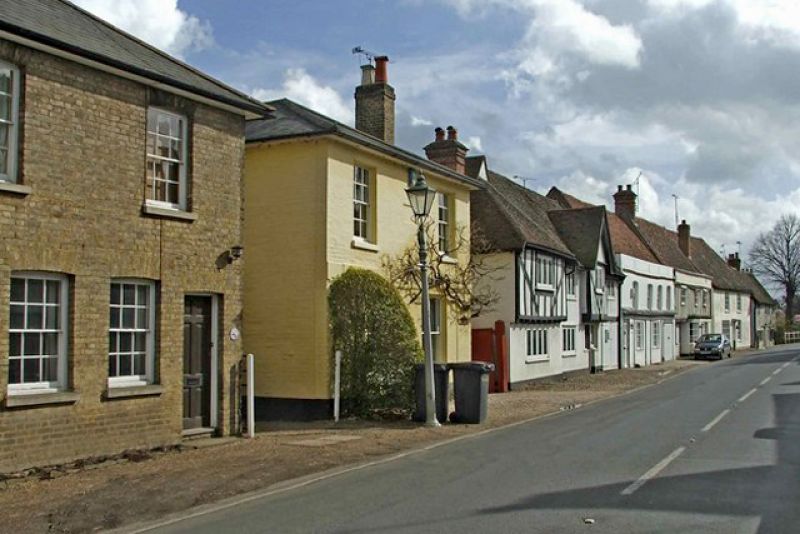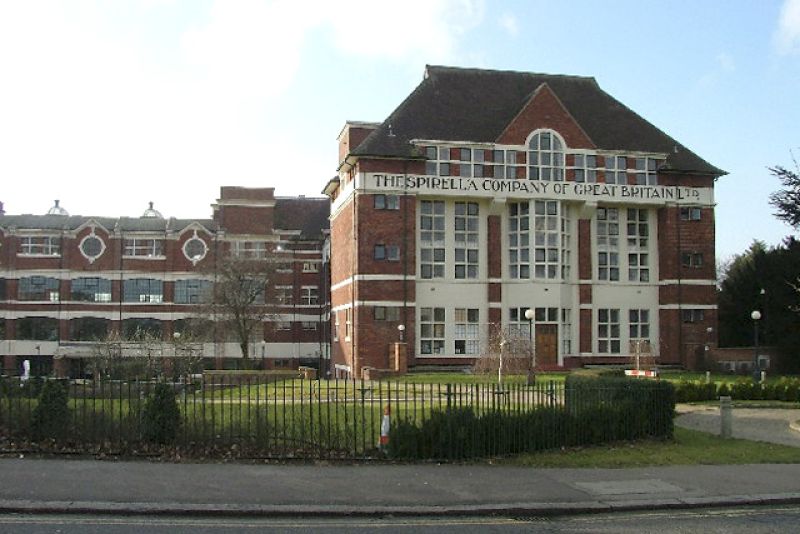Created Date:
Last Modified:
The Herkomer Trophy
The Anglo-German artist, Sir Hubert von Herkomer, lived for much of his adult life in Bushey, and was responsible for instigating what is believed to be the first international competitive event for standard motor cars.
Date
1905 - 1907
-
 The Hans Rudi Erdt poster for the 1907 Herkomer Trophy
The Hans Rudi Erdt poster for the 1907 Herkomer Trophy -
 The Last Muster, Sunday at the Royal Hospital, Chelsea, 1875, Sir Hubert von Herkommer. The picture is part of the Lady Lever Collection at Port Sunlight, on Merseyside
The Last Muster, Sunday at the Royal Hospital, Chelsea, 1875, Sir Hubert von Herkommer. The picture is part of the Lady Lever Collection at Port Sunlight, on Merseyside -
 Edgar Landenburg (left), winner of the first Herkomer Trophy, with Hubert von Herkomer; source: Sport-Album der Rad-Welt 1907
Edgar Landenburg (left), winner of the first Herkomer Trophy, with Hubert von Herkomer; source: Sport-Album der Rad-Welt 1907 -
 Lululaund, Hubert Herkomer’s home in Bushey. The door and archway to the right are all that remains of the building today
Lululaund, Hubert Herkomer’s home in Bushey. The door and archway to the right are all that remains of the building today
Commentary
Hubert Herkomer was born in Waal, about 50 miles west of Munich, in May 1849. His father was a woodcarver, and in 1851 the family emigrated to America, settling in Cleveland.
Work in their new home town was not easy to find, and in 1857, they left the US and moved to England, living in Southampton. It is believed that these early years had a significant impact on Hubert Herkomer, developing in him an understanding and sympathy for the poor, reflected in his later artistic work.
In 1866, he began formal training at the Kensington Art School. Within three years he had become a prominent and published illustrator, and his work exhibited at the Royal Academy. In 1873, he married and moved to Bushey where he set up a school of art.
Greatly admired by Van Gogh, Hubert Herkomer was arguably one of the most successful British painters of his era. He was lavished with honours and distinctions in both Britain and Germany. His subjects ranged from the poor and destitute to the great and good. The latter included major public figures, including Alfred Lord Tennyson, Thomas Hardy, Sir Robert Baden Powell, John Ruskin, and Richard Wagner, together with members of the royal families of Europe.
However, Hubert Herkomer’s interests were not limited to painting and portraiture; he enthusiastically embraced two of the major developments of Edwardian Britain – moving pictures and motor cars. He was a pioneer of cinematography, with his own film studio in Bushey (the first in England); and the wealth that he accrued through his artistic talent enabled him to become an early car enthusiast and owner (almost certainly of a Daimler).
In 1903, Herkomer attended the Gordon Bennett Cup Race in Ireland. Although thrilled by the event, he seems to have had some reservations about the value of developing those “roaring monsters”, believing that more would be served by testing and promoting the reliability of ordinary touring cars.
This proposal became a reality in 1905 with the running of the first Herkomer Fahrt (Rally) in southern Germany. Organised by the Bavarian Automobile Club, the event was sponsored by Hubert Herkomer who designed and donated the sterling silver trophy, and agreed to paint a portrait of the winner.
According to the Automotor Journal, there were 102 entries for the competition, although only 79 cars actually started the rally. The British team, entered on behalf of the Automobile Club of Great Britain and Ireland, was made up of five Daimlers, driven by Albert Bush, Philip Dawson, William Herdman Ash, Sir Edward Manville (recently appointed as Daimler chairman), and his wife, Maud. The first three places were taken by Mercedes. The British drivers were hampered by tyre troubles; Philip Dawson was the highest placed, in 16th position. Maud Manville, the only female competitor, won the speed trial section.
The 1906 event saw the number of entries increase to 156, with a British team of twelve Daimlers and an Argyll. Three of last year’s entrants again competed: Philip Dawson, William Herdman Ash, and Maud Manville. The team also included Lord Montagu of Beaulieu, an early British motoring pioneer. The event was won by Dr Rudolff Stoess driving a Horsch. Second and third places were again taken by the Mercedes’ team.
The final rally, with 172 entrants, and held in June 1907, was won by Fritz Earle in a Benz; Hans Aschoff in a Metalurgique was second, and Fritz Opel, driving one of his own cars, was third. Dorothy Levitt, from Britain, in a 60hp Napier received a gold medal in fourth place.
Today, many indications of Hubert Herkomer’s life in Bushey are no longer evident. However, the film studio he established on the corner of Melbourne Road and Bushey High Street, although extended, is now a listed building and used as offices.
One of Herkomer’s most dramatic legacies was Lululaund, a mansion drawn up by the American architect H H Richardson in exchange for the artist painting his portrait. Began in 1886 and built in the style of a Bavarian castle, the house was named in memory of Hubert’s second wife, Lulu, who died after just a year of marriage.
Apparently as ornate and elaborate on the inside as it was on the outside, Lululaund was Herkomer’s home until his death in 1914. Shortly afterwards, his third wife Margaret, Lulu’s sister, moved out of the house, and it remained largely unoccupied for many years. Although it was demolished in 1939, the rose garden still remains under council ownership, together with a remnant of the front of the main building, which now forms the frontage of a small apartment block, Mawson Gardens, Melbourne Road, Bushey, WD23 3LL.
Since 1997, the Bavarian town of Landsberg am Lech has organised its own bi-annual classic car event commemorating the original Herkomer trials.
Further details
• The Bushey Museum and Art Gallery, Rudolph Rd, Bushey, WD23 3HW has a permanent exhibition devoted to the life and work of Sir Hubert von Herkomer.
• A unique record: Philip Dawson and the 1905 Herkomer Fahrt, Anders Ditlev Clausager, Aspects of Motoring History 13, The Society of Automotive Historians of Britain.
• For details of the current and original Herkomer competitions, see www.herkomer-konkurrenz.de.







